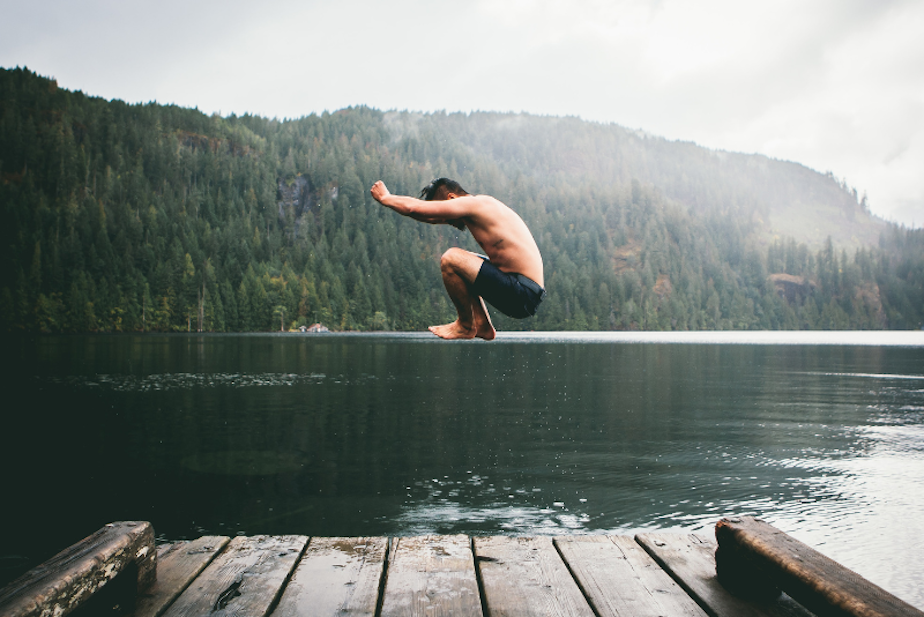Hot temps make water-related activities tempting. How to stay safe before you dive in

We're in the midst of the first Northwest heatwave of the summer, and the urge to seek relief in area waters and pools is understandable. Water safety is a concern when temperatures rise. Many of our local lakes, rivers, and the Puget Sound itself are cold enough to cause hypothermia, and news reports of drowning incidents are far too common.
To gather tips on how to cool off safely in local waters, KUOW’s Kevin Kniestedt reached out to Dr. Linda Quan, a retired pediatric emergency medicine physician at Seattle Children's Hospital, and professor of pediatrics at the University of Washington School of Medicine.
This interview has been edited for clarity.
Kevin Kniestedt: What advice do you have for parents and caretakers to keep children safe?
Dr. Linda Quan: I want all families, every member of the family, to be water-smart, and to realize they have multiple ways to do that. The five ways of staying safe are to learn to swim, wear a life jacket, swim where there's a lifeguard, provide good supervision, and learn CPR.
What are your top concerns in general when it comes to people heading out onto the water?
My big concern is that people be prepared. We all just throw in our sunscreen and head out. I want us to be thoughtful about where we're going, what the water is going to be like, what the hazards are there, whom we're going with, and what kind and level of supervision they have so that they can stay out of trouble and be helped if they get in trouble.
Sponsored
What sort of racial, gender, and socioeconomic factors play in when it comes to swimming skills and drowning risks?
Drowning is not a fair injury. It is definitely an injury, like many others, that disproportionately affects certain groups. Males are at much greater risk; young children who wander in, and adolescents who, like young children, will seek unsupervised settings.
With regards to racial groups, we know that there is a huge component of the social determinants of health among certain racial groups; that African Americans in our country have been denied historically access to not only swimming pools, but also swimming lessons, and therefore have actually decreased their familiarity, comfort, and swim skills because of that historical component.
With regards to older men, we know that alcohol is a huge component of their risk factor so that more than 50% of the people who drown who are adults have been drinking and or using other drugs.
Income does factor in, but actually, these cultural aspects that we've talked about, the culture around drinking, the culture around familiarity with water, actually play an even bigger piece than the socioeconomic.
Sponsored
What are some best practices if we encounter someone who is in trouble in the water?
Boy, I want everybody to not only be prepared about knowing what kind of water they're going to, and protecting their very own family members and friends by putting them in a lifejacket. I want them also to look, and watch, and recognize who's in trouble in the water. We all have been misled by the film industry in the belief that drowning involves making noise. It does not. It actually keeps one from making noise. When you're drowning, you are just trying to breathe and you cannot breathe and talk and scream and yell for help at the same time.
What you need to do is to take a first-aid course that teaches also how to respond safely, because we also see usually family members responding to a drowning, and very often it's a tragedy because the responding person, the would-be saver, actually drowns.
Listen to the interview by clicking the play button above.





